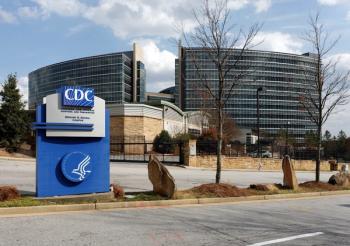
In ‘troubling’ trend, patient referrals skyrocket
Referrals from primary care physicians and specialists more than doubled from 1999 to 2009, a recent analysis found. See why experts disagree on the reason behind the growth.
Researchers from Harvard Medical School and affiliated hospitals examined data from the National Ambulatory Medical Care Survey and National Hospital Ambulatory Medical Care Survey, comparing data from 1999 to 2009. They found a 156% increase in referrals to 105 million in 2009 from 41 million in 1999.
PCPs made 22 million referrals after a patient visit in 1999 and 51 million in 2009. Specialists made 11 million referrals after a visit in 1999 and 38 million in 2009.
Although the authors could not draw any firm conclusions about the referral increases, they did point out that ambulatory visits overall in the United States during this time increased to 1.1 billion per year from 841 million. Meanwhile self-referral rates decreased by about 19 million, with about half of the referrals resulting in an appointment.
The increase in referrals was significant for both office-based doctors and outpatient department–based physician practices, according to researchers. In office-based physician practices, doctor referral rates increased 97% versus 84% for outpatient department–based practices.
Physicians with an ownership stake in their practices had an increase in referral rates of 79% compared with a 136% increase for non-owner doctors. Also, physicians who reported that more than 50% of their income came from managed care contracts had lower growth in referral rates compared with the overall trend.
“The increase in referral rates does not appear to be predominantly driven by a particular patient demographic creating more demand for referrals,” the authors write. “This evolution in care patterns may be playing a role in the rising trajectory of healthcare spending in the United States because referrals to specialists may lead to increased use of higher-cost services.”
In an opinion piece accompanying the study,
“Given concerns about the tremendous and seemingly unsustainable cost of American healthcare, as well as the increased risk of fragmented care with multiple physicians involved in the care of a given patient, these findings are troubling,” he writes. “But the real problem is that we have no idea what the data really mean.”
Related Content
27 Proven Marketing Strategies to Boost Your Practice Profits_Healthcare (Audio CDs)
When you buy these CDs you'll be able to rapidly ramp up your Healthcare practice marketing knowledge when it is convenient for you: in your car, while exercising, or whenever. Take a look at all the topics we include below:
Newsletter
Stay informed and empowered with Medical Economics enewsletter, delivering expert insights, financial strategies, practice management tips and technology trends — tailored for today’s physicians.















